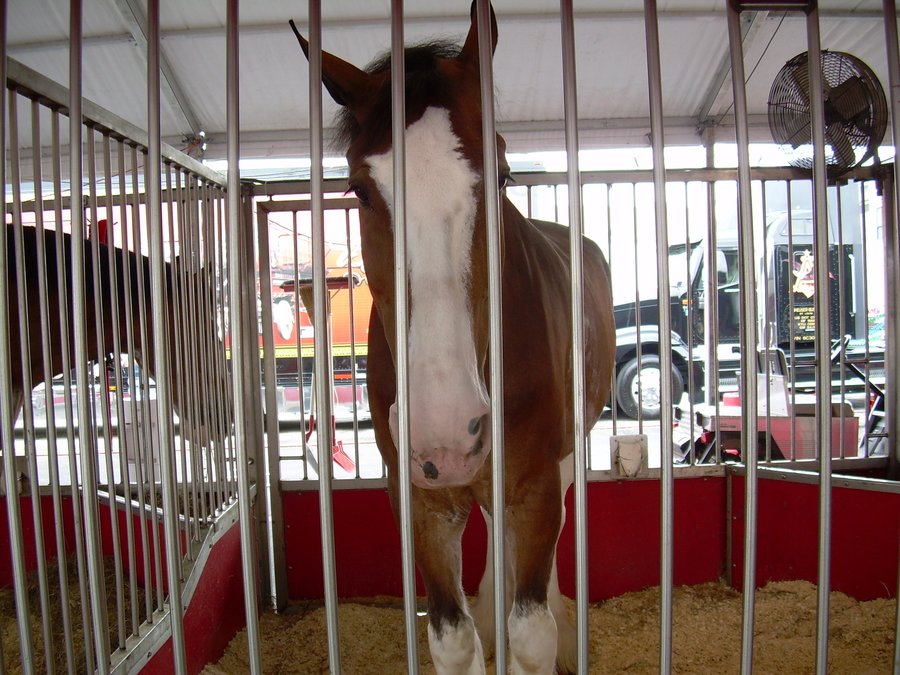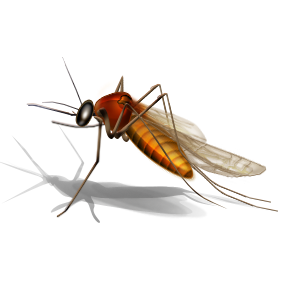QUESTION: My Horse has one white sock, and this winter, she has developed “crusties” along the back side of her pasterns. She acts as though it hurts if I try to pick at the scabs. One of my friends called it “grease-heel” and another called it “scratches.” Can you please talk about the differences?
ANSWER:
The short answer to your question is that they are one and the same.
Scratches, Grease- heel, or Mud Fever is not really a specific disease, but a set of signs that we see on the legs of a horse called caudal pastern dermatitis. It often starts on the back side of the pasterns, and if left untreated, can certainly spread around and up the limb as far as the cannon bone! This problem occurs almost exclusively on horses with white hair on their legs, and pink skin beneath that hair. There does seem to be some correlation with the pink skin being much more likely to be effected, but it is not impossible for a non-white leg to have scratches present. The current thought is that there is a relation to sun exposure with the pink skin that is also contributing to a horse getting scratches.
Scratches are a skin over-reaction on the leg, having many potential causes. As mentioned above, it is most commonly seen on legs with white hair and pink skin. There is almost always a moisture component with this dermatitis (skin inflammation) as well. Whether it is sweat from splint boots, morning dew on pasture grass, snow, or even just walking through a creek or stream, there is usually some exposure to moisture without allowing the area to fully dry. From this irritation, the skin can then have some weeping drainage which gives fuel to bacteria or even fungi to grow and cause further inflammation. This process can spiral out of control and get much worse without proper treatment. The inflammation that is caused is usually very uncomfortable for the horse and can even cause a severe lameness.
Treatment of scratches is centered on getting the crusts completely removed from the wound, and also getting the area as clean and dry as possible. This can be difficult since the inflammation itself is often times painful and horses will not let you do a thorough job of cleaning the scabs and crusts. In these cases, it will be necessary to have your veterinarian sedate your horse so that they will tolerate this uncomfortable initial cleaning. In severe cases we will also prescribe an ointment with a steroid anti-inflammatory for topical use and instruct the owner to thoroughly clean the legs every 2-3 days and keep the horse away from the source of moisture. Remember, FULLY removing the crusts, and keeping the leg clean and dry should help you to prevent a relapse and to have a rapid resolution.




 QUESTION:
QUESTION: